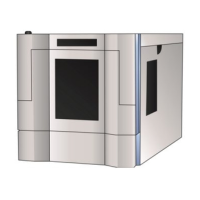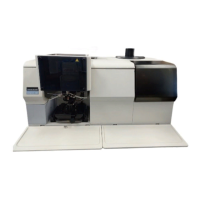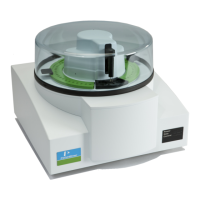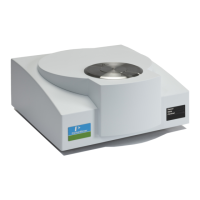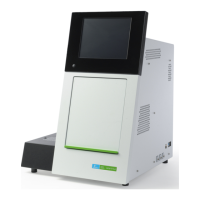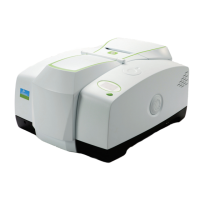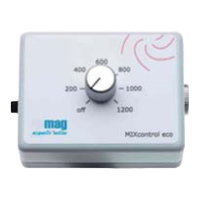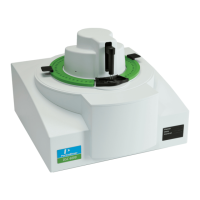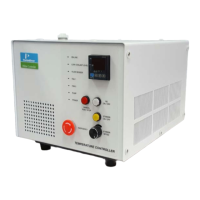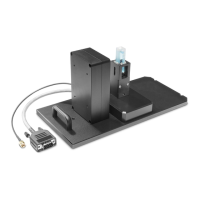CHAPTER 5
72 PerkinElmer Life and Analytical Sciences
Performing a Direct DPM Assay
The following tasks are required when performing a Direct DPM Assay.
Calibrate the instrument, if necessary.
Create a new assay, choosing Direct DPM as the assay type.
If you are counting samples using PerkinElmer Ultima Gold™, scintillation
cocktail, you must indicate this in the nuclide library. Doing so will ensure that
the appropriate quench curve will be used to calculate DPM for 3H.
Save the assay in the Assays folder of the Packard\TriCarb directory.
Associate (link) the assay parameters with a protocol and attach the
corresponding protocol flag to the first cassette to be counted.
Load the cassette(s) with vials and load the instrument with cassettes.
Start the instrument.
Alpha Beta Assays (not available on the 2800TR)
An Alpha Beta assay allows you to simultaneously count alpha and beta emitting
nuclides in the same sample vial. In some cases, the emission energies for alpha
and beta nuclides may overlap, making discrimination between the nuclides
difficult. To separate alpha and beta nuclide energies, you must take advantage of
their differing pulse decay times. The TriCarb instruments equipped with the
Alpha Beta feature use the Pulse Decay Analysis (PDA) method of nuclide
discrimination. A time-based Pulse Decay Discriminator (PDD) is used to optimize
the separation of alpha and beta pulses. The optimum PDD value minimizes the
likelihood of alpha events being counted as beta events, and vice versa. To
optimize this setting, you must count a pure alpha and a pure beta standard
source. The optimum discriminator value is where the misclassification of alpha
and beta events is at a minimum. Once the optimum PDD value is established,
you may use this information to count alpha beta assays by referencing the
Standard Set name in the Alpha Beta Nuclide Library. When an alpha beta nuclide
name is chosen in an assay, the referenced Alpha Beta Standard Set name and its
corresponding optimum discrimination is applied in the assay. The data generated
from your sample protocol is expressed in CPM (Counts Per Minute) and reflects
only the activity in the vial without regard to counting efficiency or sample
interference (quench).

